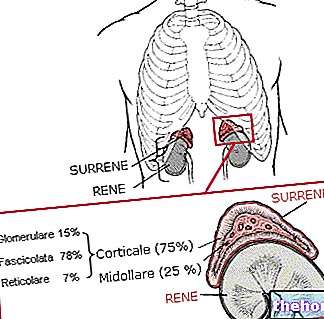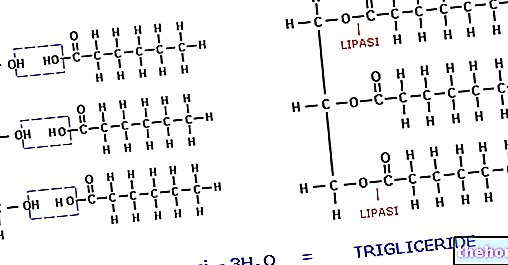Basophils are rather rare white blood cells in the bloodstream (0.01% - 0.3% of the leukocyte population); nevertheless, the small amount present is easily distinguished by the large cytoplasmic granules, which are colored dark blue by reacting with specific dyes.
Basophils release histamine, heparin (an anticoagulant), cytokines and other chemicals involved in the allergic and immune response.
Basophils are produced in the bone marrow, are released into the circulation in differentiated form and recruited into the tissues affected by inflammatory reactions. They are concentrated, like mast cells (with which they share numerous characteristics) in the lungs, digestive tract and connective tissue of the skin. The content of the granules is released in response to various stimuli; in addition to those already listed, we remember the exposure to cold, the hyperlipidemia of alimentary origin and the release of proteolytic enzymes.
Basophils possess high affinity receptors for IgE, antibodies involved above all in allergic reactions, and can be activated by binding with the specific antigen (eg a pollen grain). As anticipated, in response to the antigen-immunoglobulin interaction, the basophils release the contents of their granules (degranulation); the massive release of the substances contained therein is responsible for the symptoms of immediate hypersensitivity that accompanies most allergic disorders (bronchial asthma , insect bites, etc.). Basophils are also linked with delayed allergic reactions.






.jpg)









.jpg)











